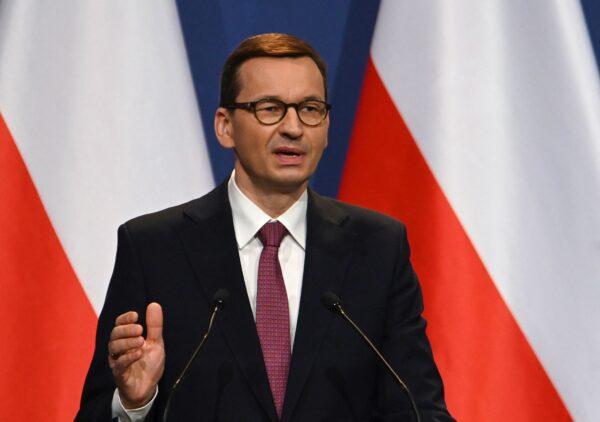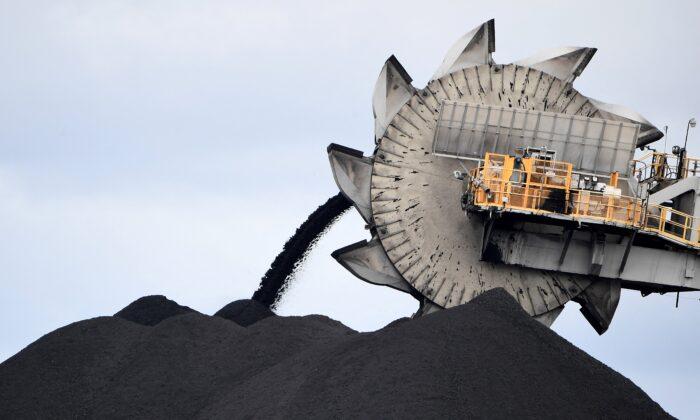The price of Australian thermal coal has skyrocketed by US$99, or 33 percent, in one day as countries traditionally reliant on Russian coal scramble to secure alternative sources.
Resources Minister Keith Pitt confirmed the government was “facilitating access” between interested parties and Australian thermal coal producers.
Poland currently in talks with Australia for coal supply, as the country is pushing for the European Union to stop importing coal from Russia.
Morawiecki said Poland just needed assurance from the European Commission that it would not get penalised for introducing an embargo on Russian coal.
“A blockade on various types of hydrocarbons from Russia —oil, gas, and coal—should be part of the sanctions package,” he said. “I am calling once again for the European Commission to decide on an embargo on Russian coal.”

Around 65 percent of Poland’s energy grid in 2021 relied on coal. In the first half of 2021, the country important 6.2 million tonnes of coal of which 4 million of tonnes was from Russia and another 1.2 million tonnes from Australia.
The rest of the European Union similarly relies on Russia for coal, the third biggest exporter of the resource, accounting for over 40 percent of the region’s total coal imports in 2021.
While Australian and Polish authorities are currently in trade talks, other European nations may soon follow.
Current flooding across the east coast of Australia is also causing challenges for ports, with the Port of Brisbane closed.
Coal futures jumped US$161 during the first seven days of the Russian invasion into Ukraine, from $239 on Feb. 24 to $400 on March 2.
Europe was also facing large energy shortfalls as countries moved towards renewables without a reliable energy grid.
At the time, it reached a peak of US$269 before plummeting back down.





